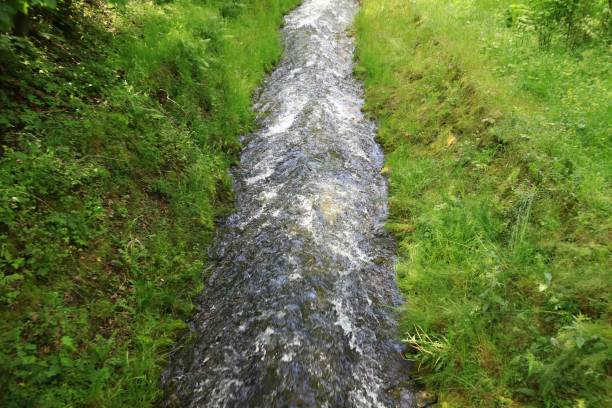California Poppies Photo by Lea Huetteman
It is no secret that temperatures have fallen to freezing in the last week of what felt like absolute nowhere. As temperatures drop and there are freezing weather warnings, gardeners need to take swift action to protect their plants. Freezing temperatures can wreak havoc on your garden, causing damage to tender plants and reducing the chances of a bountiful harvest. Here are some essential steps to safeguard your garden when the mercury dips.
Monitor Weather Forecasts
Staying informed about the weather forecast is crucial. Pay close attention to predictions of frost or freezing temperatures. Knowing when a cold snap is coming gives you time to prepare and take preventative measures.
Cover Your Plants
One of the most effective ways to protect plants from frost is to cover them. Use materials such as old sheets, blankets, or specialized frost cloths to drape over your plants. Ensure the coverings extend to the ground to trap heat and remove them during the day to allow sunlight to reach your plants.
Water Your Garden
Watering your garden before a freeze can help protect plants. Moist soil retains heat better than dry soil, providing some insulation against the cold. Be sure to water early in the day to allow the soil to absorb the water before temperatures drop.
Mulch for Insulation
Apply a thick layer of mulch around the base of your plants. Mulch acts as an insulating layer, helping to maintain a more consistent soil temperature and protecting roots from freezing. Straw, leaves, and wood chips are excellent mulch options.
Bring Potted Plants Indoors
Potted plants are particularly vulnerable to freezing temperatures. Move them indoors or to a sheltered area such as a garage or shed. If bringing them indoors isn’t an option, cluster pots together against a south-facing wall and cover them with frost cloths.
Use Row Covers and Cold Frames
For vegetable gardens, consider using row covers or cold frames. These structures provide an extra layer of protection by trapping heat and shielding plants from harsh winds. They are especially useful for extending the growing season of cold-sensitive crops.
Harvest Mature Crops
If a significant freeze is predicted, it’s wise to harvest any mature crops. Vegetables like tomatoes, peppers, and squash can suffer from frost damage, so picking them before the freeze ensures you don’t lose your harvest.
Create Windbreaks
Wind can exacerbate the effects of freezing temperatures by drawing warmth away from plants. Erect windbreaks using materials such as burlap, plywood, or even stacked hay bales to shield your garden from cold winds.
Provide Heat Sources
In severe cold snaps, providing additional heat sources can help. Options include using Christmas lights, heat lamps, or even placing gallon jugs of hot water near your plants. These methods can raise the temperature around your plants just enough to prevent freezing.
Prune Carefully
Avoid heavy pruning before a freeze. Pruning stimulates new growth, which is particularly vulnerable to frost damage. Instead, wait until the threat of frost has passed before doing any significant pruning.
By following these steps, you can protect your garden from the damaging effects of freezing temperatures. With a little preparation and care, your plants can survive the cold and thrive once warmer weather returns. Happy gardening!
















